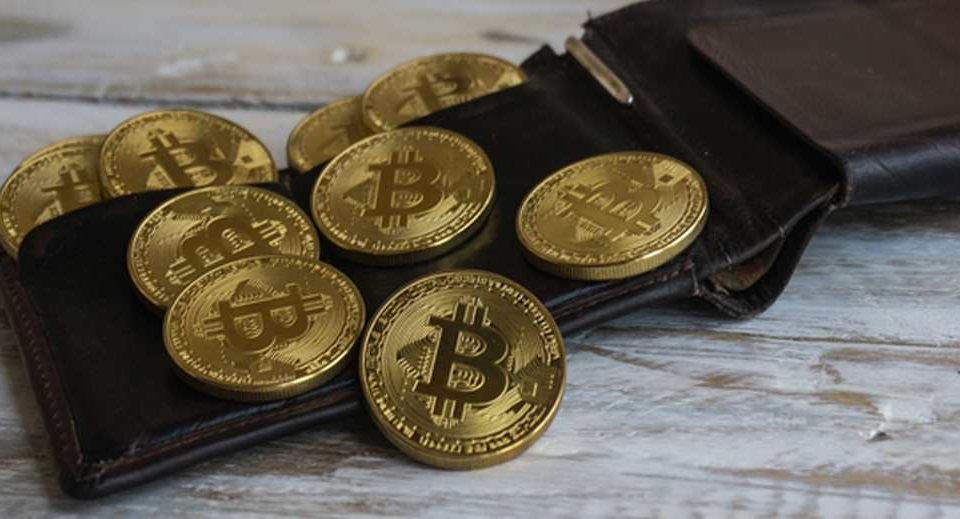Certified cryptocurrency expert
The total crypto market volume over the last 24 hours is $226.6B, which makes a 24.59% decrease. The total volume in DeFi is currently $9.37B, 4.14% of the total crypto market 24-hour volume. top ten sports in america The volume of all stable coins is now $210.31B, which is 92.81% of the total crypto market 24-hour volume.
The very first cryptocurrency was Bitcoin. Since it is open source, it is possible for other people to use the majority of the code, make a few changes and then launch their own separate currency. Many people have done exactly this. Some of these coins are very similar to Bitcoin, with just one or two amended features (such as Litecoin), while others are very different, with varying models of security, issuance and governance. However, they all share the same moniker — every coin issued after Bitcoin is considered to be an altcoin.
Related Links Are you ready to learn more? Visit our glossary and crypto learning center. Are you interested in the scope of crypto assets? Investigate our list of cryptocurrency categories. Are you interested in knowing which the hottest dex pairs are currently?
Ini digambarkan sebagai perpaduan antara teknologi unik dan mekanisme yang diverifikasi secara matematis, dengan psikologi perilaku dan filosofi ekonomi yang digunakan untuk pengukuran yang baik. Secara keseluruhan, tujuan Ouroboros adalah untuk mencapai pertumbuhan yang berkelanjutan dan etis.
At the time of writing, we estimate that there are more than 2 million pairs being traded, made up of coins, tokens and projects in the global coin market. As mentioned above, we have a due diligence process that we apply to new coins before they are listed. This process controls how many of the cryptocurrencies from the global market are represented on our site.
Cryptocurrency wallet
De Trezor model T, Trevor Safe 3 en model ONE zijn een soort veredelde USB-sticks met ingebouwde touchscreens en een instelbare PIN-code waarmee je het apparaat ontgrendeld. Deze hardware wallets verbindt je met een USB-kabel met je toestel naar keuze om er vervolgens crypto op te zetten of vanaf te halen.
In principe is de LiteBit wallet app veilig om te gebruiken. Echter raden wij aan de LiteBit app direct vanaf de LiteBit website te downloaden en niet zo maar te zoeken op ‘LiteBit app’ in de App Store of op Google Play.
KuCoin is een relatief nieuwe, internationale cryptocurrency exchange waar je tegen lage transactiekosten kunt handelen in cryptocurrency. Per transactie brengt KuCoin zo’n 0,1% in rekening in exchange fees.

De Trezor model T, Trevor Safe 3 en model ONE zijn een soort veredelde USB-sticks met ingebouwde touchscreens en een instelbare PIN-code waarmee je het apparaat ontgrendeld. Deze hardware wallets verbindt je met een USB-kabel met je toestel naar keuze om er vervolgens crypto op te zetten of vanaf te halen.
In principe is de LiteBit wallet app veilig om te gebruiken. Echter raden wij aan de LiteBit app direct vanaf de LiteBit website te downloaden en niet zo maar te zoeken op ‘LiteBit app’ in de App Store of op Google Play.
Bitcoin cryptocurrency
Bitcoin (abbreviation: BTC; sign: ₿) is the first decentralized cryptocurrency. Nodes in the peer-to-peer bitcoin network verify transactions through cryptography and record them in a public distributed ledger, called a blockchain, without central oversight. Consensus between nodes is achieved using a computationally intensive process based on proof of work, called mining, that secures the bitcoin blockchain. Mining consumes large quantities of electricity and has been criticized for its environmental impact.
Before bitcoin, several digital cash technologies were released, starting with David Chaum’s ecash in the 1980s. The idea that solutions to computational puzzles could have some value was first proposed by cryptographers Cynthia Dwork and Moni Naor in 1992. The concept was independently rediscovered by Adam Back who developed Hashcash, a proof-of-work scheme for spam control in 1997. The first proposals for distributed digital scarcity-based cryptocurrencies came from cypherpunks Wei Dai (b-money) and Nick Szabo (bit gold) in 1998. In 2004, Hal Finney developed the first currency based on reusable proof of work. These various attempts were not successful: Chaum’s concept required centralized control and no banks wanted to sign on, Hashcash had no protection against double-spending, while b-money and bit gold were not resistant to Sybil attacks.
Bitcoin wallets were the first cryptocurrency wallets, enabling users to store the information necessary to transact bitcoins. : ch. 1, glossary The first wallet program, simply named Bitcoin, and sometimes referred to as the Satoshi client, was released in 2009 by Nakamoto as open-source software. Bitcoin Core is among the best known clients. Forks of Bitcoin Core exist such as Bitcoin Unlimited. Wallets can be full clients, with a full copy of the blockchain to check the validity of mined blocks, : ch. 1 or lightweight clients, just to send and receive transactions without a local copy of the entire blockchain. Third-party internet services called online wallets store users’ credentials on their servers, making them susceptible of hacks. Cold storage protects bitcoins from such hacks by keeping private keys offline, either through specialized hardware wallets or paper printouts. : ch. 4

Bitcoin (abbreviation: BTC; sign: ₿) is the first decentralized cryptocurrency. Nodes in the peer-to-peer bitcoin network verify transactions through cryptography and record them in a public distributed ledger, called a blockchain, without central oversight. Consensus between nodes is achieved using a computationally intensive process based on proof of work, called mining, that secures the bitcoin blockchain. Mining consumes large quantities of electricity and has been criticized for its environmental impact.
Before bitcoin, several digital cash technologies were released, starting with David Chaum’s ecash in the 1980s. The idea that solutions to computational puzzles could have some value was first proposed by cryptographers Cynthia Dwork and Moni Naor in 1992. The concept was independently rediscovered by Adam Back who developed Hashcash, a proof-of-work scheme for spam control in 1997. The first proposals for distributed digital scarcity-based cryptocurrencies came from cypherpunks Wei Dai (b-money) and Nick Szabo (bit gold) in 1998. In 2004, Hal Finney developed the first currency based on reusable proof of work. These various attempts were not successful: Chaum’s concept required centralized control and no banks wanted to sign on, Hashcash had no protection against double-spending, while b-money and bit gold were not resistant to Sybil attacks.
Bitcoin wallets were the first cryptocurrency wallets, enabling users to store the information necessary to transact bitcoins. : ch. 1, glossary The first wallet program, simply named Bitcoin, and sometimes referred to as the Satoshi client, was released in 2009 by Nakamoto as open-source software. Bitcoin Core is among the best known clients. Forks of Bitcoin Core exist such as Bitcoin Unlimited. Wallets can be full clients, with a full copy of the blockchain to check the validity of mined blocks, : ch. 1 or lightweight clients, just to send and receive transactions without a local copy of the entire blockchain. Third-party internet services called online wallets store users’ credentials on their servers, making them susceptible of hacks. Cold storage protects bitcoins from such hacks by keeping private keys offline, either through specialized hardware wallets or paper printouts. : ch. 4